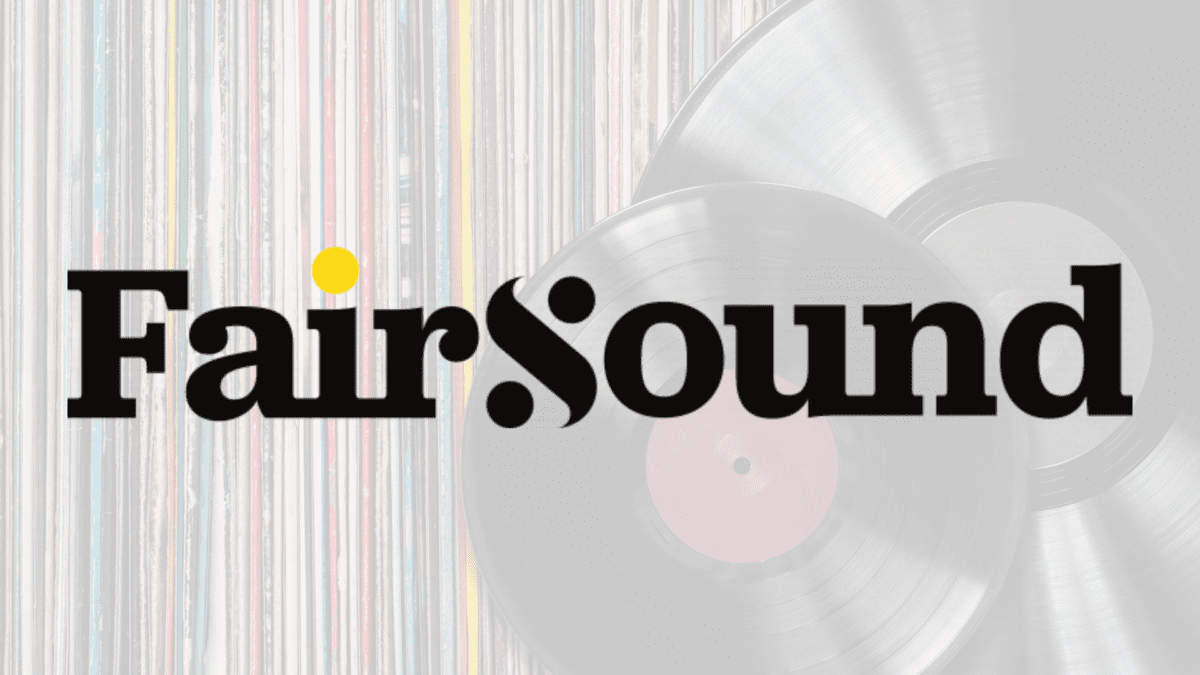Music production has come a long way in the past decade, and choosing the right DAW is vital for any producer.
With beat makers, sample creators and producers of all types becoming more established around the globe every day. In this article, we review, for your pleasure, 11 of the very best DAWs (Digital Audio Workstations) available and size up their pros and cons but there are many more including free daw.
What Is A DAW?
DAW stands for Digital Audio Workstation and is a daw software program that music producers use to record, edit, mix and master audio into a finished song.
If you’re wondering whether to choose between Ableton or Logic, PreSonus, AVID Pro Tools or Image Line’s FL Studio for your home studio; as well as some of the other top DAWS of today then look no further for some top-notch sound advice.
Well, let’s get this set of reviews started!
1. Logic Pro X DAW – $199.99

Developed in the early ’90s by German software company C-Lab, Logic Pro was previously known as Notator Logic. Since then it’s grown to become one of the most widely known industry standard DAWs on the market now developed by Apple.
With so many Logic variations, it’s worth doing some research into what’s right for your workflow.
Pros
- High-quality recordings
One of the advantages of Logic is that it has some of the best free VST plugins available for any online DAW. It already contains everything you need to get a semi-high-quality master recording without necessarily needing to purchase any third-party plugins elsewhere. It is known as the best daw for beginners.
A quick and easy way I started out mastering projects on logic was by making sure all the channels were in the ballpark of -18db and that the master output had around -6db of headroom to work with.
All the stock plugins I needed are listed below with a rough guide on how to set them.
- Single-band EQ – Scoop out anything minus 30db
- Compressor – Use the Platinum Analog Tape preset and start tweaking the threshold until you start eliminating around 3db of gain.
- Multiprocessor – Use the “Punchy Drums” preset and tweak to taste depending on the song.
- Adaptive Limiter – Set the out ceiling to 0.1db and start turning up the gain until you start getting around 0.5db of reduction.
- Great for songwriting ideas
With an easy-to-grasp user interface on the surface and a wide range of presets and tools available for songwriting, Logic Pro X is a favourite for turning an idea in your head into a finished song.
Cons
- Exclusive to Apple Mac
Logic is exclusive to Mac only so collaborating can be tricky unless you bounce the stems and have your other producer load them into their Logic DAW.
With Apple’s price range this can be a roadblock for aspiring producers on a budget or for anyone using different operating systems.
Rating: 4.5 / 5
2. AVID Pro Tools DAW $4.99 / $2499

Considered the marmite of DAWs, Pro Tools is one of those love-it or hate it products. Although it remains some of the most industry-standard software for the very highest quality music production.
Available for both Windows and Mac, Pro Tools is developed by AVID Technology. It can be used as standalone software or be used alongside digital or analogue converters.
Pros
- Provides ultra-low latency
Altering projects for latency is often one of the most time-consuming things that can completely derail the whole process. What’s good about Pro Tools is the ultra-low latency that allows for the smooth running of streamlined workflows.
- Powerful mixer & mixing options
Pro Tools mixer is so powerful it can fully eradicate the need for an analogue mixer. Or at least be a more than viable option while you’re saving for a high-end mixing console.
Pro tools are also amazing at processing audio with immaculate precision so the sound will always be high quality.
- Simplicity
Fundamentally Pro Tools is actually pretty simple. Most of the work tends to take place in the mix and edit windows. This eliminates the need to switch between multiple windows for simple tasks.
Cons
- Expensive to purchase, requires an “All or Nothing” attitude for ownership
You can’t buy pro tools on their own. You’ll need an AVID-approved interface that also doubles up as an anti-piracy key. This can make things hard if you’re on a tight budget or are set on using specific audio interfaces that aren’t AVID-approved.
- Can create high CPU usage
Although simple to use (provided you’ve learned the software and the extent of how in-depth it goes) it’s very high on CPU usage.
If you’re set on using pro tools for audio production, mixing or recording it’s worth using a separate computer purely for this purpose.
Rating: 4.5/5
3. Ableton Live 10 DAW – $99 / $799
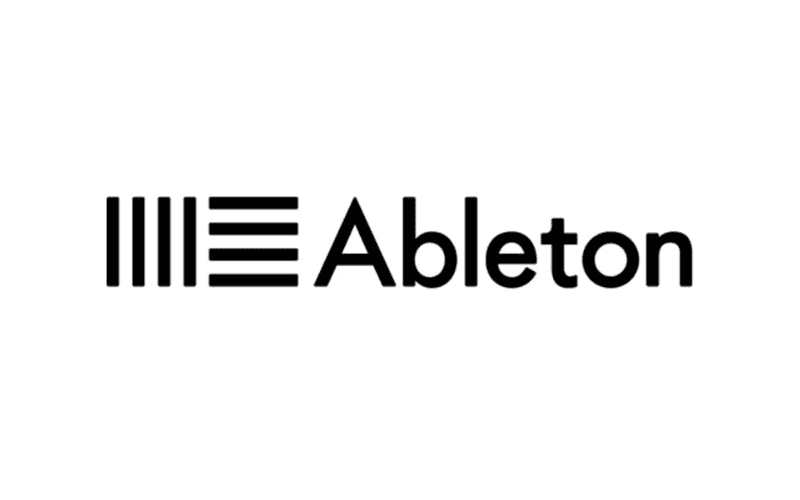
Ableton live was originally launched as a relatively simple loop arrangement tool. It quickly expanded to become a fully functioning digital audio workstation and VST host.
It’s primarily used for live performances and remixing songs, although it has the full capability of being used to record music as well as other uses. A true digital performer.
Ableton also comes with many different options tailored to different skill levels. There’s Ableton Live 10 Lite, as well as intro, Ableton Live 10 standard and Suite.
Pros
- Sonic flexibility is fantastic
The variety Ableton has to offer when it comes to samples, instruments and effects are extremely extensive. It’s been described by many as feeling like an instrument itself with the mindset it puts you in and the way it inspires creativity.
The way the software handles audio wrapping is super impressive with little to no latency and a natural sound.
Cons
- Some outdated features
As other digital audio workstations have evolved and bought out updates and new features, Ableton Live is a bit behind the curve.
Talking of curves, it took them longer than it should have to bring out curved automation. This is a feature that other DAWs were quick to include as a necessity. Especially as it was widely requested by many of Albeton’s dedicated community of users.
Rating: 4.2/5
4. REAPER 5 DAW – $60 / $225
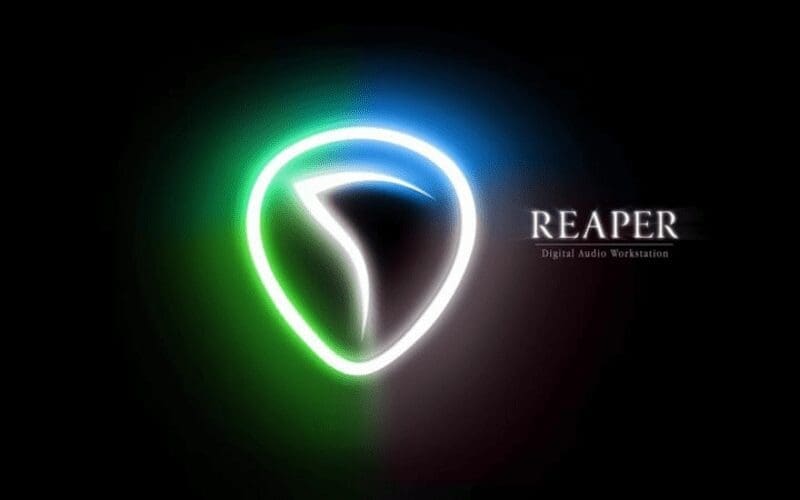
We previously spoke about this DAW in our beginner’s guide to Reaper and advanced guide to Reaper.
Unlike most DAWs, Reaper comes with an impressive free 60-day trial to get to grips with the software and see if it suits you.
Two months is a pretty generous trial period compared to most free trials available in many industries.
Pros
- Powerful multitrack functionality
If you’re looking to record audio for long live sessions using multitrack functionality smoothly without any hiccups then Reaper is more than a viable option.
This is, in fact, one of the key selling points of the software and in a lot of cases the main reason people use Reaper either exclusively or on the side of other daws such as Pro Tools or Logic.
- Great for fast music production workflow
- Good choice for electronic music producers such as EDM, R&B, and Hip Hop.
Reaper has a lot of cool features to help speed up your workflow and make projects easier to manage.
Some of these features include Reaper’s subfolder functionality that allows for the grouping of many instruments and mics.
For example, you could have top and bottom rack mics in a “rack tom” folder nested inside a “toms” folder which would sit in a “drums” folder. The options are endless!
Cons
- Can be prone to crashing
- Not ideal for audio professionals looking for fully advanced tools
Rating: 4.8/5
5. Steinberg Cubase 11 – £85 / £499
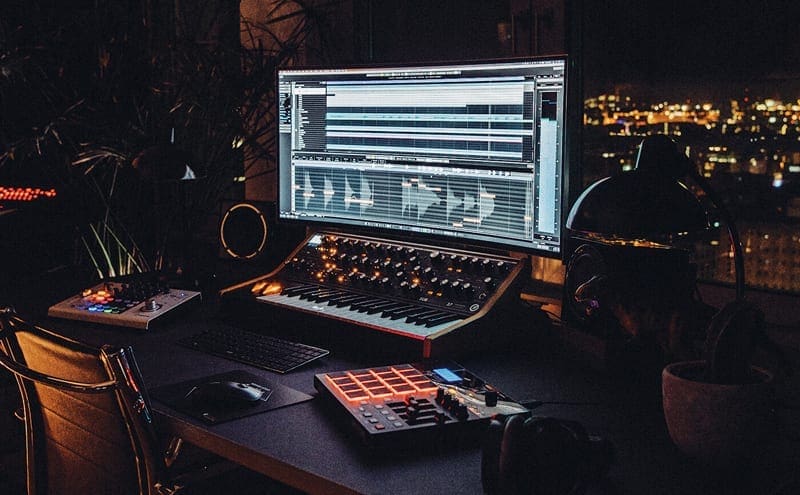
Cubase is a powerful DAW that is versatile for any music genre. Like any other DAW, it has its own unique quirks and workflow to navigate, but the basic controls are easy to understand and use. This makes Cubase relatively easy and convenient for beginners.
Cubase initially started out as a MIDI controller-only workstation, which set them apart from most other DAWs that started out being audio-only. However, that was 30 years ago and now it has all the functions (and more) you’d expect to find in any DAW.
Pros
- Good balance of features on each of the three versions of Cubase 11
- Ideal for music production and film scoring from start to finish, in all genres
- Basic controls are easy and convenient for beginners
Cons
- Mastery of most DAW systems is difficult for novices and Cubase 11 has some of the most challenging shortcuts to master. However, Cubase has spent 30 years ensuring that the shortcuts are as easy as possible and you can also change all shortcuts to anything you’d like
Rating: 4.5/5
6. FL Studio 20 (Fruity Loops) By Image Line €89 – €812.70
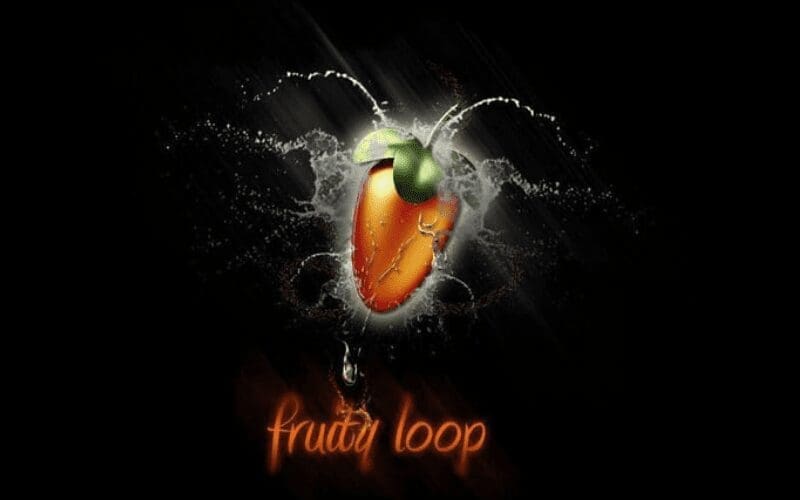
Available for both Windows & Mac, FL Studio (Previously known as Fruity Loops until 2003) is a unique digital audio workstation based on a pattern-based sequencer.
FL has risen to extreme popularity in the hip-hop & rap scene over the past 5 years.
Pros
- A very good option for beginners
Due to FL Studio’s ease of use and ability to create musical arrangements and beats without needing to program drums or other instruments.
It can be a great option for beginners who are starting out with digital audio production on a computer for the first time.
- Easy to use and get started
I believe part of the reason for FL Studio’s massive growth in the past 5 years has partly been due to the huge popularity of Hip Hop & Rap music in the entertainment industry.
As well as the Gen Z and Millennial demographics and their demand for getting more done faster and easier.
This is something FL Studio boasts and is a strong advantage it has over other digital audio workstations.
Cons
- Can suck high levels of CPU usage
Although simple to use, FL Studio is known to be rather CPU heavy and crashes more regularly than other digital audio workstations on the market.
If you’re considering buying FL Studio you should be sure to back everything up. Although this generally goes for any type of computer-based work!
- Limited options if you are looking for advanced audio manipulation
FL is great for simplicity if that’s what you want, but if you require advanced tools for in-depth audio manipulation and want to fully dive into your mix you may be stuck for options.
A lot of FL users rely on finding great samples and colouring them using certain plugins.
This tends to be the extent of the workflow for many FL beat makers which is great if that’s what you want, but not so great if you want more creative sonic control.
Rating: 4.2/5
7. Sound Forge Audio Studio By MAGIX £49.99 / £499 (Or Monthly Subscription Option)
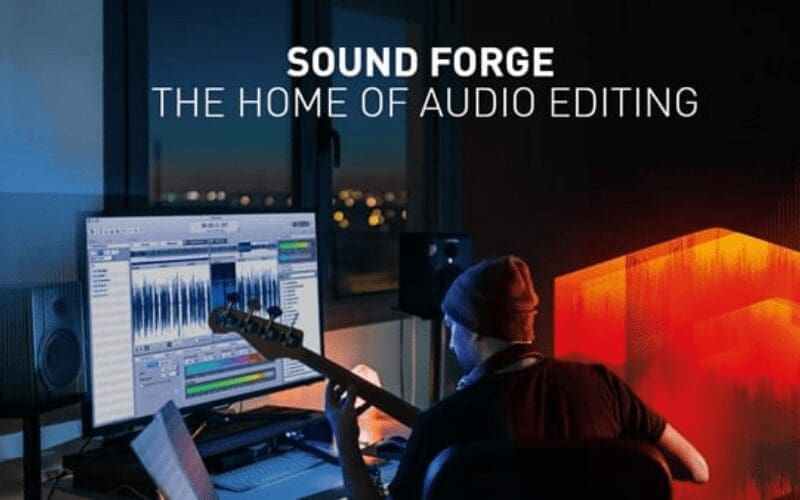
Aimed primarily at the professional and semi-professional markets, Sound Forge is used a lot for audio editing, mastering and high-quality processing rather than a traditional DAW.
Although basic on a surface level and easy to use, Sound Forge is often used to achieve high-quality master and audio standards regulated by radio stations and TV servicing providers.
The software is aimed more at audio editing rather than audio production.
Pros
- A great option for fast audio editing and mastering workflows
Due to SoundForge’s simple user-friendly interface and high processing capabilities, it’s great for getting the job done.
It has a cool zoom feature that allows for fast zooming in and out of the visual representation of audio. This is great as it makes things just a little bit easier for high-precision editing.
Cons
- There is a lack of active community and customer service, making it hard to get support when needed
As opposed to other digital audio workstations, SoundForge is rather rare in comparison. It also doesn’t have as much of an active user community therefore making it hard to get answers on message boards and forums.
Rating: 4/5
8. Renoise DAW 3.2 – $75
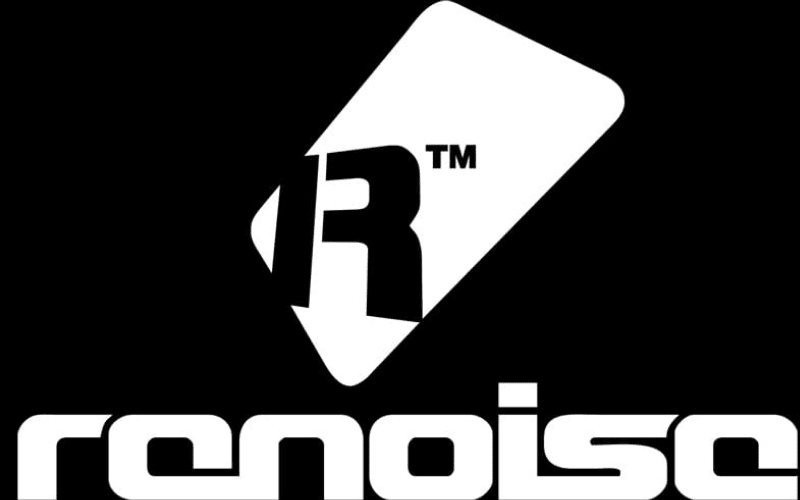
This DAW, like FL Studio, comes with a Unique Twist. It uses a “Tracker” feature for writing, composing, producing and editing. The music runs top to bottom in a grid known by its community as a pattern.
Patterns and their arrangements make up the song as opposed to working solely with visual regions and channel faders based on traditional mixing consoles.
Pros
- Great system compatibility
Renoise is available on Mac, Windows, and Linux. Making it more accessible than other digital audio workstations like Logic that are IOS exclusive.
Cons
- Slightly behind the curve with its features
Renoise is definitely a viable option for the hobbyist recorder and producer. However, it doesn’t quite live up to the same standards as Pro Tools, Logic Pro or FL Studio.
The stock plugin quality is sub-par and it isn’t really built for multitrack recording.
Audio recording isn’t one of Renoise’s strong points. The interface also looks more like a coding script due to the software being highly technical. This could definitely be off-putting to the average artist or producer.
Rating: 4.9/5
9. Reason 11 DAW By Reason Studios – £69 / £499

Developed by Reason Recording Studios is known previously as Propellerhead Software.
Reason is a great option for synth-loving producers. They also have their own plugins, so you can bring all of your favourite Reason sounds with you into another DAW.
They have a huge array of open-source devices and digital synthesizers. Plus the DAW itself has endless possibilities for sound design and waveform manipulation.
With high-quality visuals, countless possibilities and stunning audio quality the extra VST’s are well worth paying for.
Pros
- Developed by passionate music lovers with a thriving community
With Reason, you know you’re in safe hands when it comes to digitally replicating analogue synthesizers and getting true high-quality audio.
You get a beautifully replaced visual presentation of advanced synthesizers where you can manipulate, tweak and route audio to your heart’s content.
The audio quality is completely true to what you’re seeing on your screen. To the extent that it almost has an analogue feel to it.
You can rest assured you’re in for a treat when it comes to sound design and is a must-have for any synth head or producer that likes creating sounds from scratch.
- Ultimate all-round flexibility
You can either use Reason as a complete digital audio workstation for your audio production or use the virtual instruments with another DAW.
If you enjoy the endless sound design possibilities on offer but have a fuller understanding and preference of another DAW like Pro Tools or Logic.
This is a highly user-friendly option for those who want creative inspiration and tools but don’t want to have to learn a whole new software.
Cons
- Can be difficult to arrange the mixer and streamline your workflow
Sure there are a lot of workarounds but when used as a DAW the ability to speed things up on the mixer would be useful.
Music production requires a lot of mental attention and anything that takes your attention away from your workflow is going to wear you down and make the process harder.
These little things can add up when completing a project and studies show attention spans are remarkably shorter now.
With the wake of GEN Z and Millennials flocking to try their hand at audio production now, the music industry is more accessible, the DAW functionality should be improved with the growing demand of wanting fast solutions and instant gratification.
Rating: 5/5
10. Harrison Mixbus 4 DAW – $79 / $299
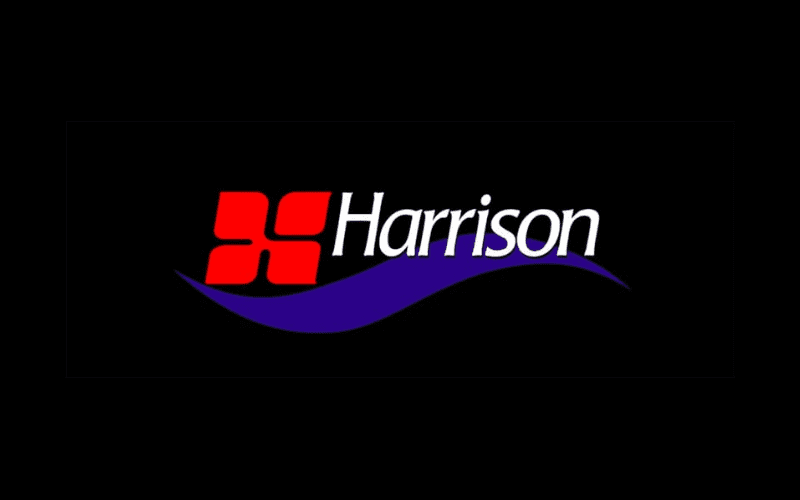
Mixbus boasts that it’s the first full-featured DAW with true analogue-style mixing compared to other workstations on the market. Capable of recording, mixing, editing and mastering, the price is a bargain given its interesting history.
In the ’80s Harrison Consoles created digitally controlled analogue mixing technology premier film audio mixing facilities worldwide. In the wake of the digital revolution, they converted their “analogue” processor but left the control surface unchanged.
This was a transition that was unique to the company with huge demand from the film mixing industry which gave them an advantage. They created new techniques and proprietary technology that is now available to the general public.
Pros
- Super high-quality sound
Harrison Studios is a real-world analogue mixing company first and a DAW developer second. There’s a reason many film mixing studios started using their technology in the ’80s as the industry standard.
They have a version of their DAW with the workflow explicitly based on their most notable mixing console the 32C.
Cons
- There is a lack of zoom functionality
One of the only downsides of this software seems to be the lack of a zoom functionality for viewing things like EQ and compression.
This isn’t much of an issue for some but could be an issue for others with impaired sight or those who want to apply minimal amounts of gain reduction or make high-precision tweaks when changing variables.
Rating: 4.5/5
11. Bitwig Studio 3 DAW – €299 / €329
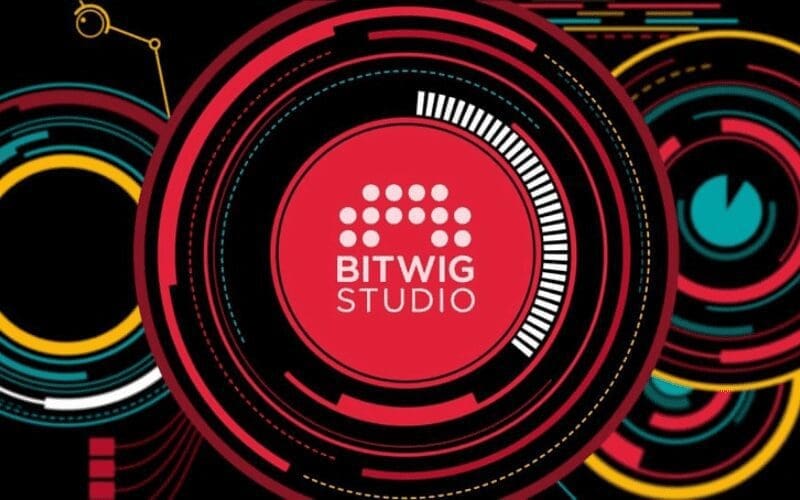
Another highly accessible DAW available on Mac, Linux and Windows is the Bitwig Studio.
Used primarily as an instrument or tool for live performances, it can also be used as a fully functional digital audio workstation for recording, editing and mixing.
It has a super-fast workflow and comes with amazing 80+ virtual instruments and effects.
Pros
- Very fast workflow and easy to use and get started
With other DAWs like Logic and Pro Tools, you have to dive beneath the surface to figure out how stuff works and change what tools you’re using.
Bitwig Studio has super-fast functionality for switching between tools and applying automation, fades and dragging in samples from the browser window. The visual representation is easy to understand and makes everything easier to grasp.
Cons
- We feel its slightly overpriced for what it has to offer
Although simple to use, it’s simple for a reason. It’s another great piece of software for hobbyist producers but lacks massively for professional audio production, it has far less to offer than industry-standard DAWs like Logic Pro which is available for half the price.
Rating: 4.1/5
Our Conclusion – Finding The Best DAW

Although different digital audio workstations all have their pros and cons it all comes down to what the user wants and their requirements.
There’s not really any good or bad option with what DAW you choose to go with, it ultimately depends on your needs and how you like to work.
Remember that with any DAW you’ll need an audio interface that connects to your computer and has inputs for your mics and/or direct inputs for instruments like bass or guitar.
Now you’ve chosen the best DAW and produced some great music, you’ll want to make sure to have your masters, demos, instrumentals and stems backed up remotely. The best way to do this is to store your files in the cloud.
DAW – Where Do You Go Next With Your Music?
Using this service, you can create folders and subfolders so that you can have your whole catalogue on the system. With artists, projects, masters and tracked-out sessions ready to send to remixers or to music supervisors looking for their next track to sync.
If you want to get your music in the media, be sure to head over to the sync portal. Make sure all the song info is registered so you can get paid.
Мusic Gateway also has a feature that makes it easier for sending demo submissions directly to music supervisors, as well as labels, management companies and radio stations.









